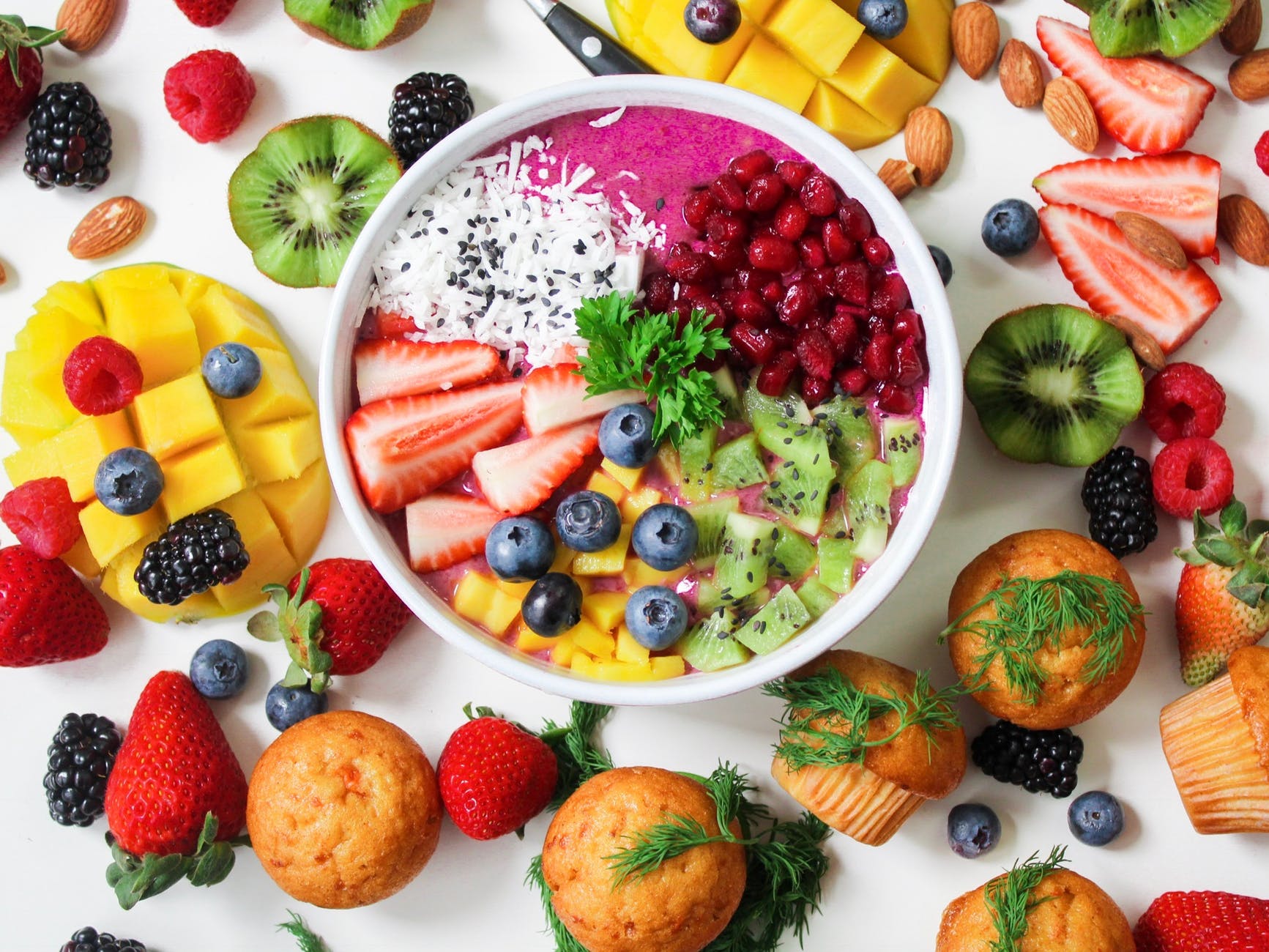All About the Food Part 2: Eating Clean
Introduction
Oh, food—it’s always about the food!
Food can be a tricky subject, often clouded by misinformation, outdated beliefs, and emotional attachments. While the conversation around food is vast, let’s narrow it down. In this post (Part 2 of the series), we’ll focus on the concept of eating clean—a buzzword that’s gained traction in health and fitness circles.
What is Eating Clean?
Clean eating is a term often misunderstood, so let’s define it. According to the Mayo Clinic, clean eating emphasizes consuming whole foods such as fruits, vegetables, lean proteins, whole grains, and healthy fats while limiting highly processed, packaged foods.
To simplify:
- Choose foods in their natural form (e.g., whole apples over apple juice).
- Opt for grilled chicken instead of fried chicken.
- Use avocado instead of avocado mayonnaise.
Key Principles of Clean Eating
Here are some practical guidelines to follow when adopting a clean eating lifestyle:
1. Limit Highly Processed Foods
Avoid foods with a long list of unrecognizable ingredients, like carnauba wax, soy lecithin, or artificial flavors. Instead, look for simple, whole ingredients like steel-cut oats, dried apples, and flaxseed.
2. Cut Back on Added Salt, Sugar, and Fat
Excessive salt, sugar, and unhealthy fats are common in processed foods. Focus on natural flavors from fresh ingredients instead.
3. Choose Foods in Their Natural Form
Whenever possible, choose foods that are minimally processed. Examples include:
- Whole fruits and vegetables over juices or chips.
- Fresh chicken breast instead of chicken nuggets.
(Note: Some processing, like pasteurization, is beneficial for safety, and frozen fruits or vegetables can retain more nutrients than fresh produce in certain cases.)
4. Cook More at Home
Preparing your own meals ensures you know exactly what’s in your food. Start simple, with meals like:
- Greek yogurt and fresh berries for breakfast.
- A whole-grain turkey and avocado wrap with sliced red peppers for lunch.
Why Clean Eating Matters
At its core, clean eating is about choosing high-quality, minimally processed foods that support your body’s natural functions. These foods help:
- Promote longevity
- Heal and maintain balance (homeostasis)
- Slow the aging process
- Boost energy levels
Ultimately, clean eating shares many principles with eating healthy:
- Reducing salt, sugar, and processed foods
- Choosing organic or local farm-fresh ingredients
- Preparing meals at home
Do’s and Don’ts of Clean Eating
DON’Ts
- Fast food
- Processed foods
- Added sugar
- Excessive salt
- Alcohol
- Snack foods
- Restaurant food (frequently)
DO’s
- Organic or locally farmed fresh vegetables, fruits, dairy, and proteins
- Plant fats (e.g., avocados, nuts)
- Humanely and ethically sourced ingredients
- Cooking your own meals
Mindful Eating
Clean eating isn’t just about what you eat; it’s also about how you eat. A key behavior to develop is mindful eating—becoming aware of what you’re putting into your body and how it makes you feel physically.
Ask yourself: “Will this food have a positive effect on my body?” This question can serve as a foundation for building healthier eating habits.
Final Thoughts
Clean eating isn’t complicated—it’s about making intentional, informed food choices that benefit your health and well-being. When your body feels good, so does your mind.
Ready to get started? If you need guidance, we’re here to help!
- Post a comment below.
- Email us at info@fit-appeal.com.
- Visit fit-appeal.com/nutrition.html to explore our Better Eating Habits Program, available entirely online.
Here’s to your clean eating journey!
Thank you for reading,
Coach Tanya
All about the Food Part 3: Eating Intentionally or MIndfully



